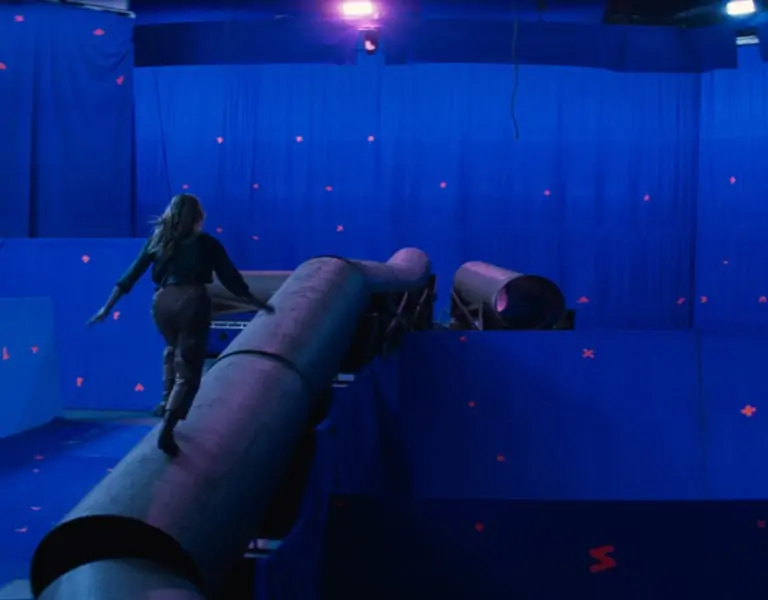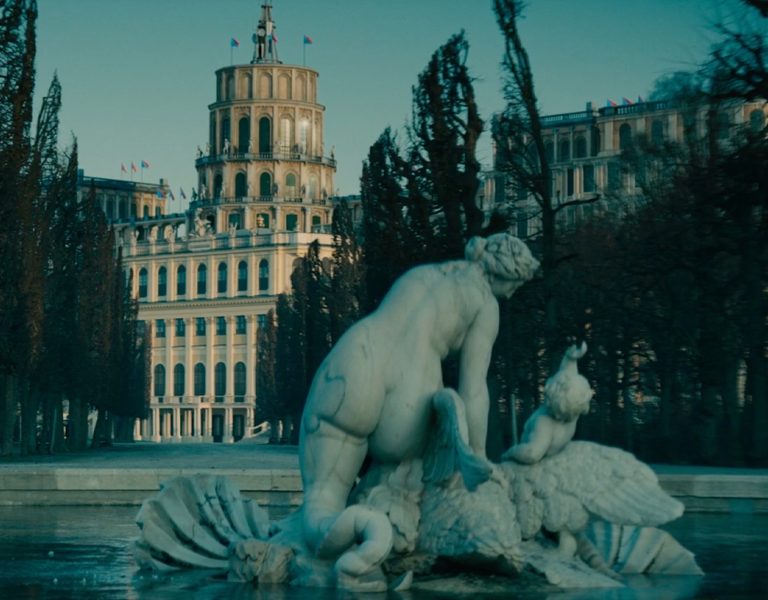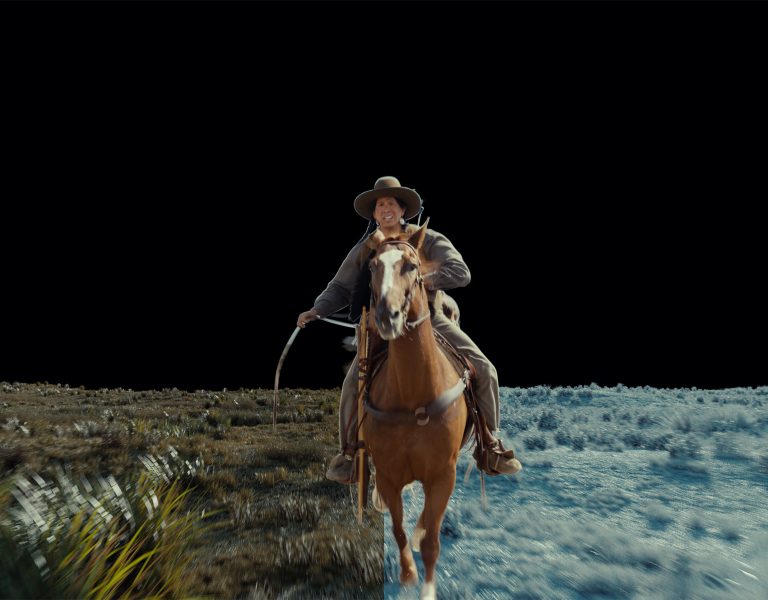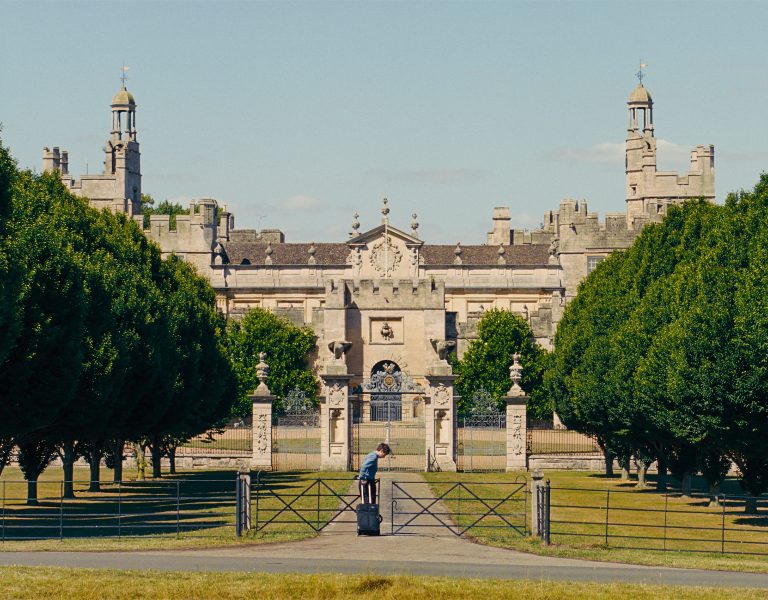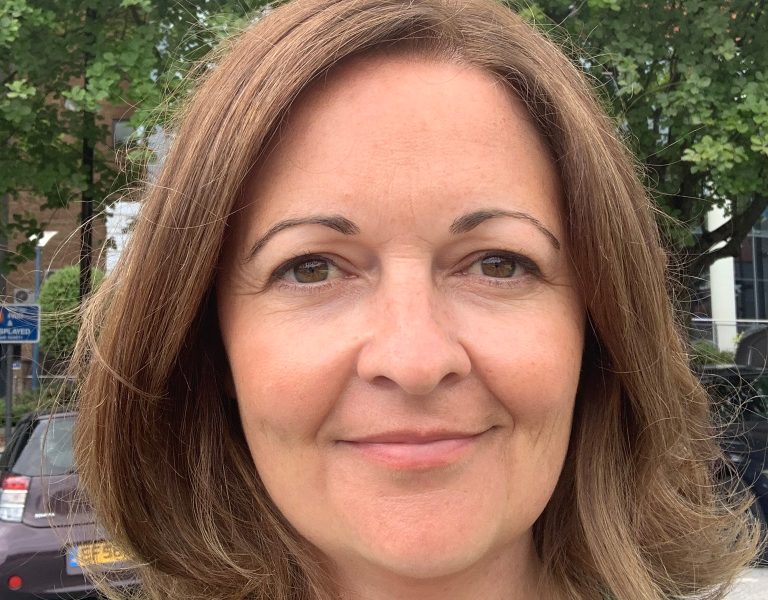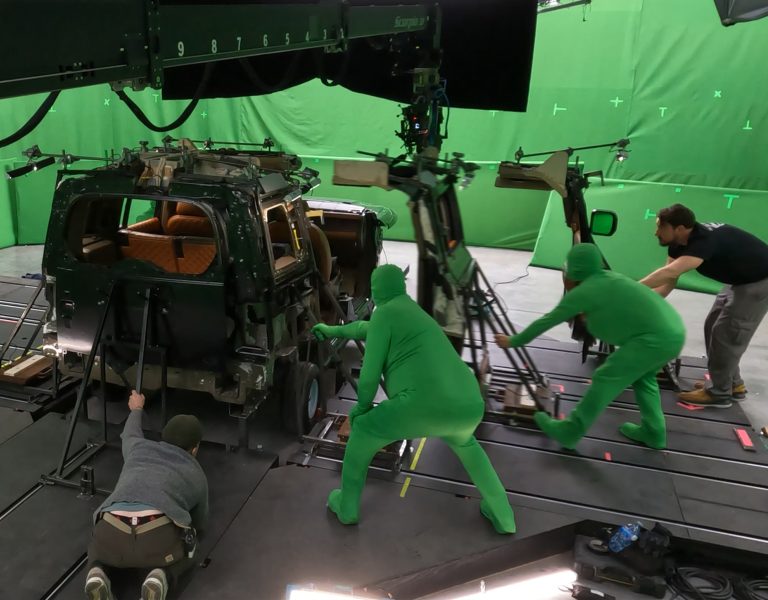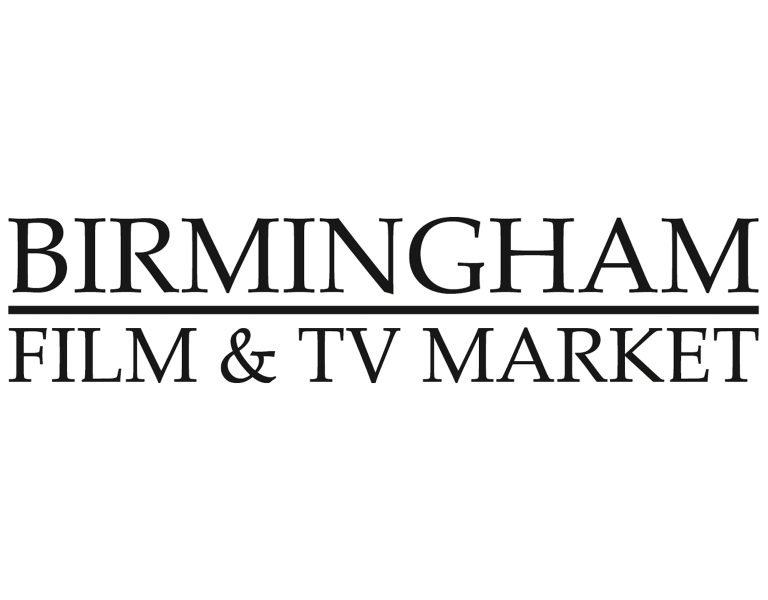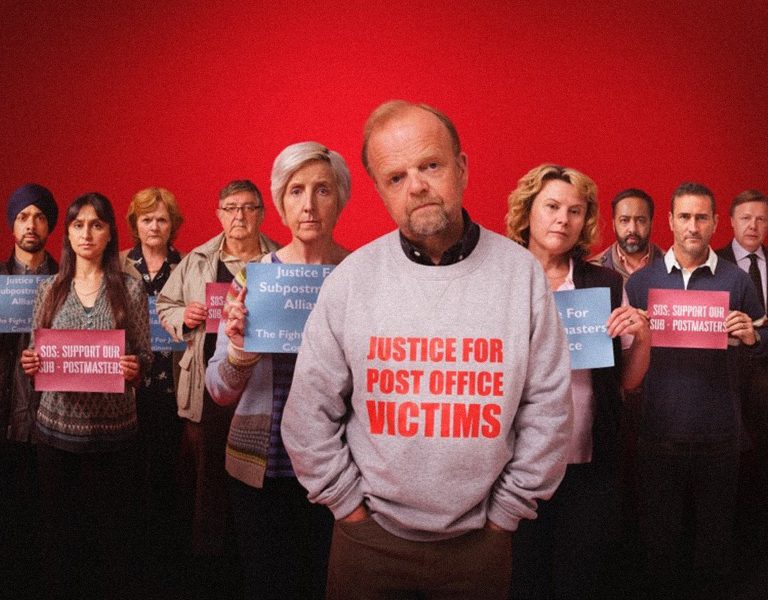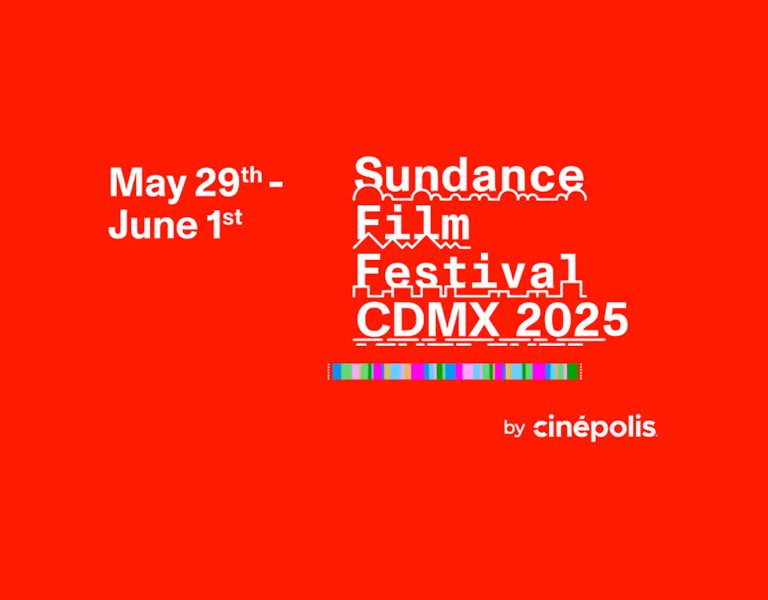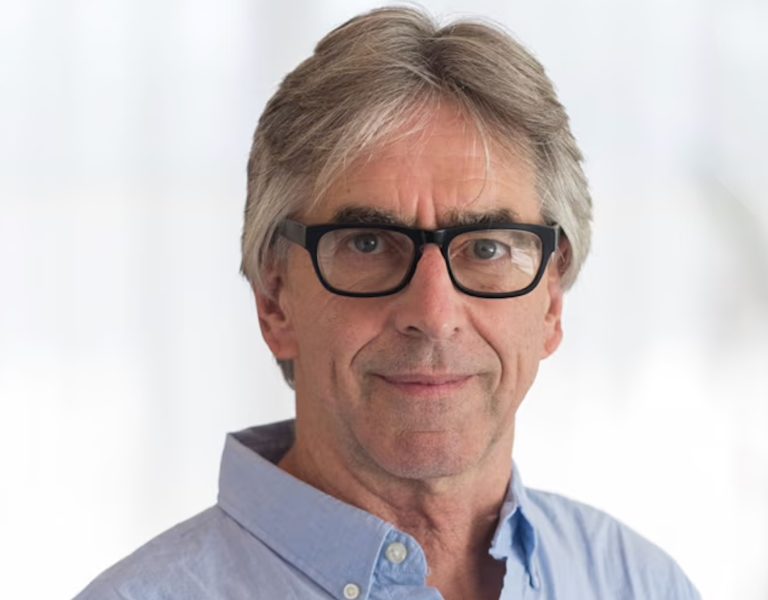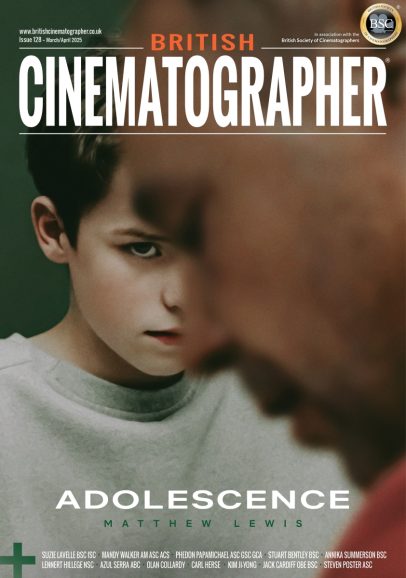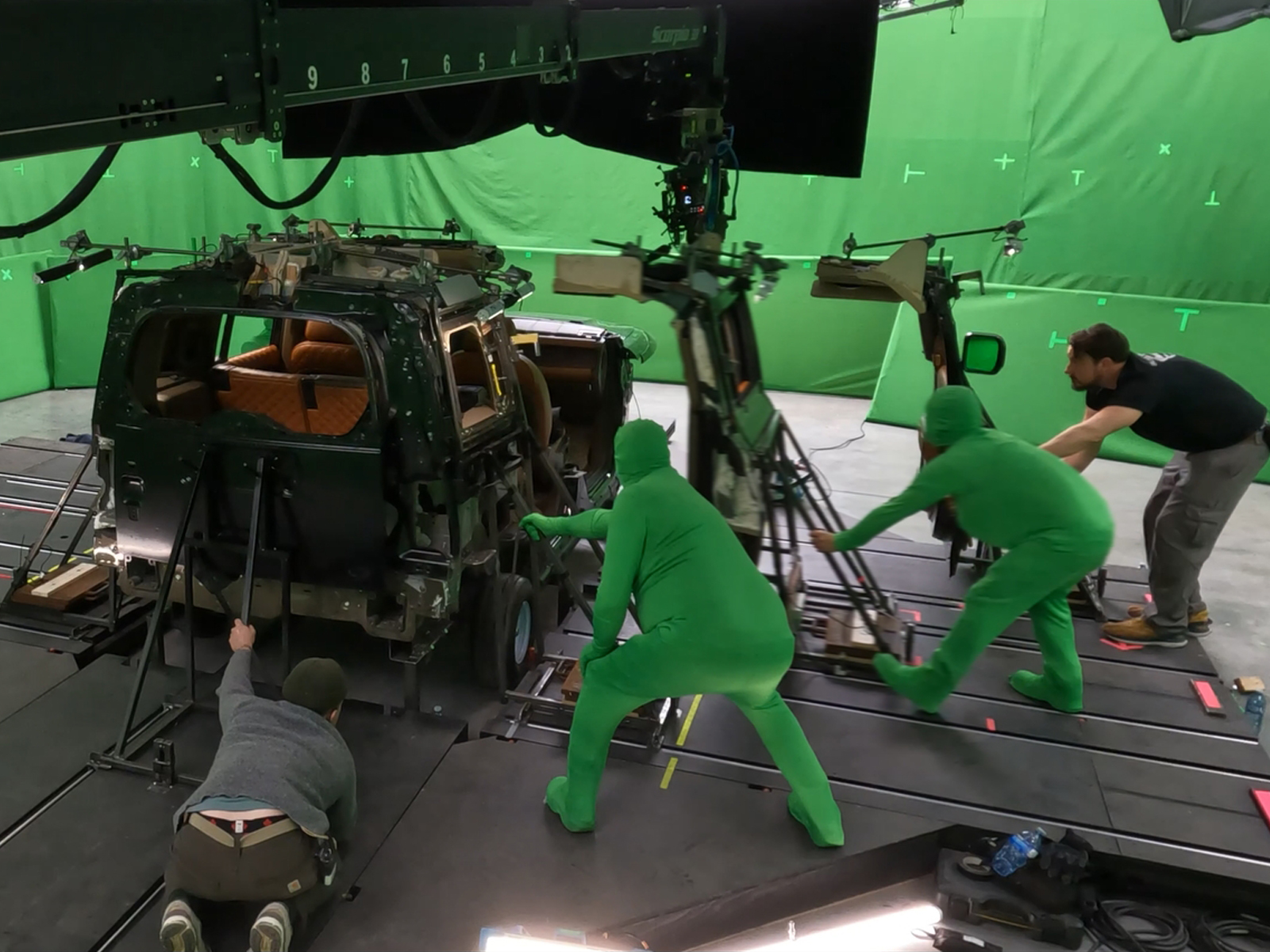
Since 2012, VES Award-winning studio PFX has delivered visual effects for projects from Napoleon to Stranger Things, but a thriller set inside a car is a first. For the new feature Locked, 75 PFX artists created 750 unique VFX shots in just four months — including the digital doubles, environments and green screen compositing needed to create a feature-length film with only one location.
Starring Bill Skarsgård and Anthony Hopkins, “Locked” follows a young carjacker trapped in a high-tech SUV by a mysterious sociopath who wants to show him the consequences of his reckless lifestyle. “This was our first time working with director David Yarovesky,” says Jindrich Cervenka, VFX supervisor at PFX. “He’s a highly technical filmmaker and had a great vision to differentiate this from other claustrophobic thrillers. He wanted to keep the audience engaged and build tension despite the limited location by using long-take cinematography. This meant building an SUV with removable pieces so multiple cameras could move in and around the car freely.”
For PFX’s team — who were brought onto the project by distribution company Highland and executive producer Petr Jákl after working together on “Land of Bad” last year — this cinematography style resulted in several VFX challenges. Continuity was difficult to maintain as even small changes could affect several shots, particularly for interior car scenes where different takes needed to be merged into one. A large portion of the shots also involved creating digital doubles of the background and SUV, as well as complex compositing to add backdrops behind car windows and remove reflections from the car’s surface.
One-Shot Wonder
Besides the sheer volume of work, PFX’s greatest challenge was a continuous 3.5-minute shot that introduces Skarsgård, who plays the young carjacker, as he steals the SUV from a parking lot at the start of the film. The sequence was crucial for the feature’s ramping tension.
“Because the sequence involved a parking lot with a busy urban background, filming on location would’ve made it extremely difficult to clean up all the distractions,” says Cervenka. “We decided to use a green screen stage to maintain control.” On the green screen stage, six crew members disassembled and reassembled parts of the car in precisely choreographed movements, all while avoiding the eight RED cameras that captured 360-degree footage of the shot.
To create a natural parallax, PFX’s artists placed the primary green screen six meters from the car, with another a few meters further away. This made keeping track of Skarsgård and objects in the foreground tricky, however, so the team used 3D Equalizer to create an accurate 3D track of the entire shot, including all the windows and mirrors. PFX then painstakingly matchmoved the shot to incorporate the car’s numerous moving parts.
For any parts of the sequence that couldn’t be achieved practically, the PFX team used Houdini to create a digital double of the SUV. PFX was also given a LiDAR scan of the real-life parking lot and 360-degree footage captured by the RED cameras, which they processed in Houdini. This was then used as the basis for a 3D scene that recreated the final background. As the final step, shots and background projections were all composited in Nuke, where the team also removed green spill and reflections from the cameras and crew.
Communication is Key
To complete the shots for Locked on time, Cervenka collaborated with 75 artists who worked at PFX’s Prague, Bratislava and Warsaw facilities. An in-house tool called Crossbow was used to manage workloads across each location by tracking shot continuity and organizing each artist’s tasks. “This software continues to evolve with each project,” says Tomas Srovnal, VFX producer at PFX. “Even before Locked, it made workflows more efficient, but this project really put it to the test, especially with the tight timeline.”
The PFX team also ensured they were proactive about communication to keep “Locked” on track. “We were always available to ensure the final VFX aligned with David’s vision for the film,” says Srovnal. “We also helped highlight ways we could use each country’s tax incentives to make VFX as cost-effective as possible. This ensured we could deliver this large-scale project on budget, without making our artists work long, stressful hours to complete each shot.”
